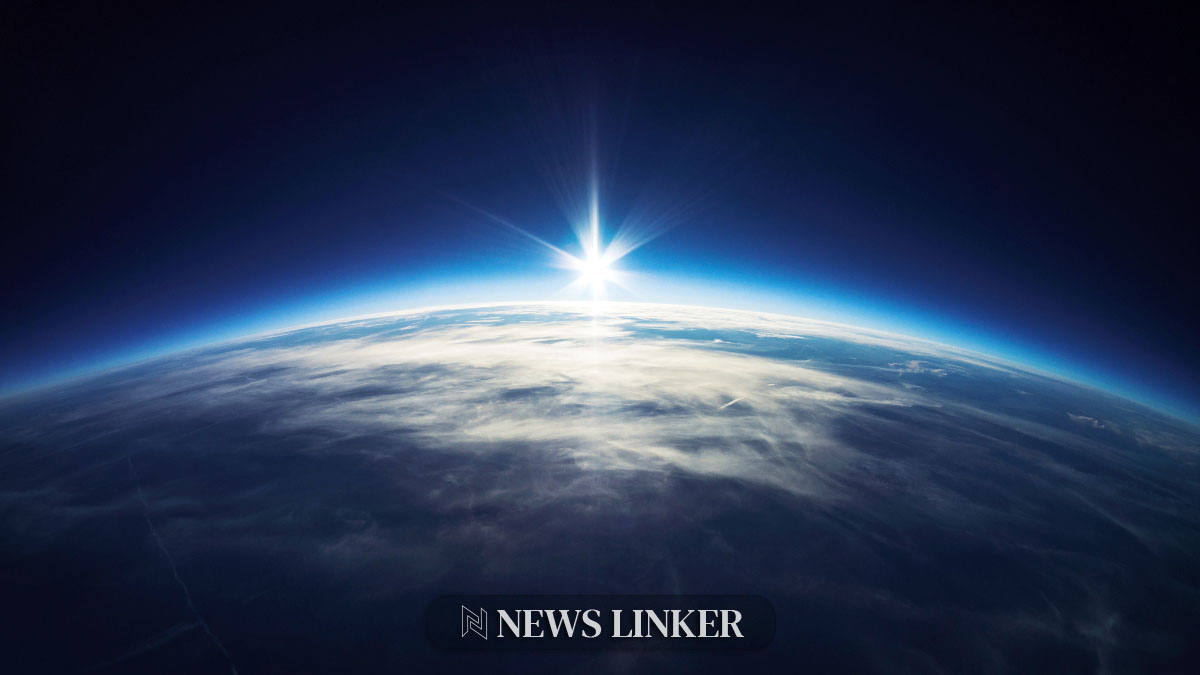NASA‘s advancements in lunar exploration continue to mark significant milestones as they gear up for the Artemis III mission, set for 2026. This mission is not just a return to the Moon but an opportunity to deploy new technological experiments, including a sophisticated moonquake detector. The Lunar Environment Monitoring Station (LEMS), developed by NASA’s Goddard Space Flight Center, is a compact seismometer designed for long-term monitoring of lunar seismic activity, particularly around the Moon’s South Pole. This initiative will enhance our understanding of the Moon’s internal structures and potentially offer insights into its formation.
Background and Development
The inception of LEMS dates back to 2018 when planetary scientist Mehdi Benna recognized the necessity for durable technology capable of withstanding the Moon’s harsh conditions. This led to the conceptualization of LEMS as a ‘lunar buoy’—a self-sustaining station capable of operating through the extreme conditions of lunar nights and days. By 2020, the project had received significant funding from NASA’s Development and Advancement of Lunar Instrumentation program, pushing it towards flight readiness.
Collaborative Efforts and Contributions
LEMS is the product of a robust collaboration involving multiple institutions. The University of Arizona is set to provide state-of-the-art seismometer sensors, Morehead State University will handle the telecommunication systems, and Washington University in St. Louis will manage data processing and dissemination. This collective effort underscores the interdisciplinary approach necessary for successful long-term extraterrestrial experimentation.
Comparative Insights from Related Research
Explorations into other planets provide contexts that enrich our understanding of the Moon. For instance, insights from “Jupiter’s Moon Europa: Ice Surface and Ocean Analysis” by Space.com and “Advances in Mars Surface Analysis Techniques” by Scientific American, highlight the importance of comparative planetary studies in understanding celestial bodies’ surfaces and internal compositions, directly reflecting on methodologies used in lunar studies.
Useful Information for the Reader
- Understanding moonquakes helps predict lunar surface stability.
- LEMS could pave the way for future lunar bases by ensuring safety.
- Collaborative missions like Artemis III leverage global expertise.
As NASA prepares for the upcoming Artemis III mission, the integration of instruments like LEMS is crucial. These tools are not merely for scientific exploration but are pivotal in ensuring that future lunar missions are safe and scientifically productive. The continuous study of moonquakes and lunar conditions will provide vital data necessary for the long-term human habitation of the Moon, setting the stage for the next phases of human space exploration.
- NASA plans advanced moonquake studies for Artemis III.
- LEMS to monitor seismic activities on the Moon’s surface.
- Insights aid long-term human habitation of the Moon.










